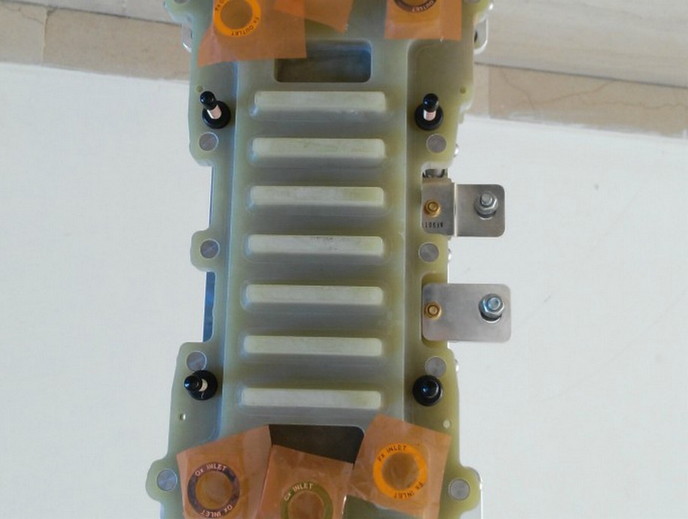Efficient air conditioning
Buildings account for 40 % of overall energy consumption, of which heating/cooling systems comprise about half. Yet, conventional systems, especially in warm and humid environments, are either inefficient or provide improper ventilation requirements. The EU-funded NANOCOOL (An energy efficient air conditioning systems with temperature and humidity independent controls based on the combination of a liquid desiccants cycle with an adapted conventional air cooling system) project developed an innovative solution. The consortium's hybrid air conditioning system incorporates independent temperature and humidity control. The system uses a liquid desiccant dehumidifier to remove the latent load, and a conventional air conditioning system to remove the sensible load. The system utilises waste heat from the condenser for the necessary desiccants regeneration process. Researchers first developed the project's conceptual side, including design of the liquid desiccant system and a conventional air-handling unit adapted to fit the system. The team also designed a polyvalent unit, able to simultaneously heat and cool different parts of the system. The group defined the demonstration site – the Taiwan Building Technology Centre, in Taipei – and the prototype was designed according to the calculated thermal loads. Team members investigated the possibility of using nanomaterials for various system components. Research focused on developing and upscaling a plasma treatment for improving the wettability of polymeric tubes. A second focus was similarly developing composite materials that incorporated graphene nano-platelets to improve thermal conductivity of heat exchangers. Researchers completed the system design and parts manufacture and assembled the system in the laboratory. They also designed a control algorithm including different control strategies. Staff tested the completed system and then transported it to Taiwan for further testing in real conditions. The system operated continuously throughout the demonstration period, during which the team showed the system's ability to independently control temperature and humidity. Results indicated energy savings of around 30 % compared to conventional systems. The system improves indoor air quality and comfort, via effective control of humidity. Added benefits include the supply of clean air, maintaining under control unpleasant odours. NANOCOOL results mean an effective air conditioning system that is also energy efficient. The system will be both cheaper to operate and reduce greenhouse gas emissions.







